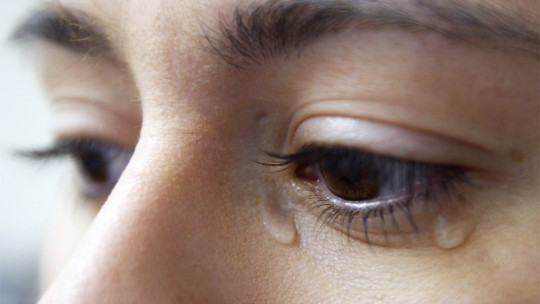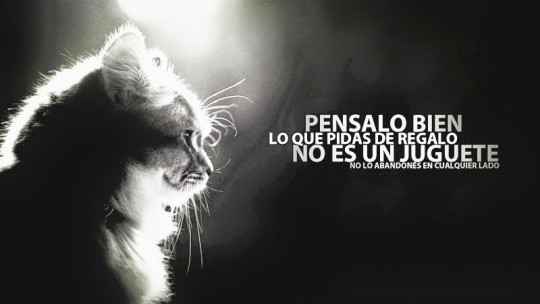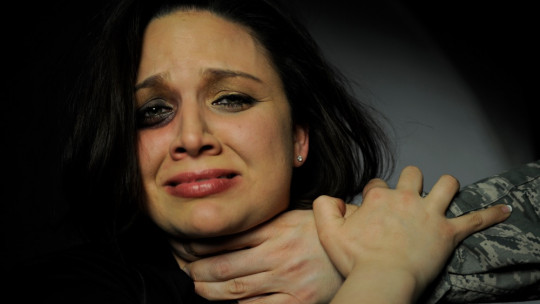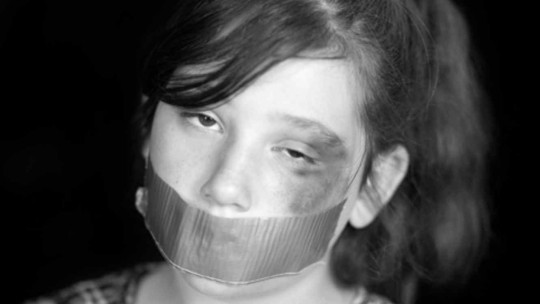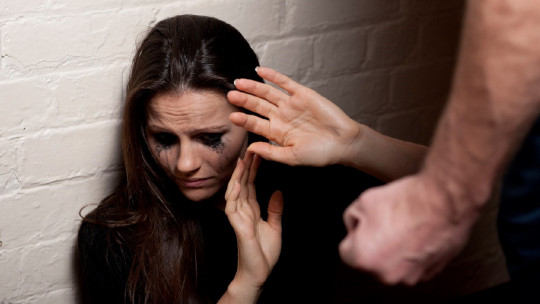
Abuse is a social and human problem that has existed throughout the history of humanity, having a presence in all types of societies and cultures. It is a painful reality that affects people of all ages, genders and cultures, leaving deep physical and emotional scars on its victims and their families and loved ones.
Some specialists speak of abuse as a public health problem, especially in relation to gender abuse. On many occasions, abuse kills; Abusers even end the lives of their victims. What is very disconcerting, especially in these cases, is the ability of abusers to justify their actions and believe themselves innocent in the eyes of society and, sometimes, even in front of themselves.
How is it possible that someone can commit acts of violence and cruelty on another person and, at the same time, deny their responsibility, even going so far as to consider themselves victims instead of executioners? The answer to this question lies in the complexity of the human mind and how different psychological defense mechanisms arise as a result of aggressive or abusive behaviors.
In this article, we are going to explore different motives or reasons why abusers may believe themselves innocent of their crimes, analyzing different psychological and social layers that influence this distorted perception of reality.
What is abuse?
In order to understand the mechanisms that determine whether an abuser believes he or she is innocent of his or her abuse, it is important to first understand what abuse is and what types of abusers exist or are the most common. Abuse is defined as any form of violence whose sole intention is to harm the other person, manifested in a variety of forms between physical, verbal and psychological and present in different vital areas. Abusers are individuals who physically, verbally or emotionally abuse other people, showing a pattern of dominant and controlling behavior.
Different types of abuse and abusers can be described depending on the environment in which it occurs. Among the three most common abuses, we find:
1. Abuse in relationships / gender abuse
In this case, abusers exert physical or psychological violence on their partner, manifesting in most cases excessive jealousy, isolation, economic control and emotional intimidation. We talk about gender violence when it occurs by a man towards a woman and with an explanation focused on the matriarchal and sexist influence of society that makes the man experience and experiences his power through the mistreatment of his partner. he. These behaviors have a devastating impact on mental health and emotional well-being of the victim, in addition to endangering their life or even leading to death.
2. Abuse in the workplace
Some people assume abusive attitudes in the workplace, verbally attacking or denigrating their colleagues, even manipulating and boycotting the work of others with the aim of obtaining personal advantages. In a large number of cases, it is the bosses or people in higher positions who, influenced by power, abuse this power to be intimidating towards their workers and thus generate fear and avoid disobedience.
3. Family abuse
This includes those abusers who exert violence or abuse within the family, such as parents who physically or emotionally abuse their children or siblings who behave aggressively towards each other. On many occasions, the vicarious learning of being exposed to situations of violence in the family generates the assumption of violent behavior as normal, increasing the probability of abuse in the future.
Cognitive biases involved in abuse
Returning to the initial question of this article and looking for an explanation as to why abusers can develop the conviction of being innocent despite not being so, it is worth taking into account the multifactorial nature of abuse. Abuse is determined by a multitude of factors such as genetics, the existence of violence in previous generations, forms of socialization, social constructs, relational dynamics.
One of the personal aspects that influences the development of violent attitudes and that is the object of interest for our initial question is the existence of cognitive biases or distortions in abusive people.
Knowing more about them allows us to discover the perception, appreciation and classification schemes that abusers use when exercising and interpreting violence. According to Beck’s cognitive model, cognitive biases are the emotional states that lead to making errors in the processing of information, the consequences of which are hostile attitudes. Thus, cognitive research on abuse has been focused on discovering which cognitive distortions play the greatest roles in explaining the different dimensions of abuse, among which are the assumption of innocence and the denial of guilt.
1. Personalization bias
Personalization bias refers to identify and understand the actions of other people as always directed and centered on the individual In relation to abuse and the maintenance of aggressive behaviors, this bias explains the violent emotional reactivity to any other person’s action that is processed as directed towards the abuser, thinking that everyone is talking about him or thinking something negative about him.
2. Selective abstraction bias
Selective abstraction bias causes cognitive resources to focus on distorted thoughts, ignoring any other information that contradicts these biased thoughts. Thus, an abuser ignores objectivity because is completely immersed in his distorted cognitions and identifies them as the only reality**.
3. Generalization bias
Through generalization bias, people tend to think that a single characteristic already defines the entirety of a person or a situation. Therefore, an abusive person who acts under the influence of this bias may interpret any action as a threat to his or her authority.
4. Denial bias
The denial bias is the one that is most related to the conviction of innocence that we have been talking about, and refers to the tendency to appear innocent or that they had no other possibility of action in order to avoid all responsibility for violence. Basically, upon seeing the repercussions of his actions, an abuser claims that he had no choice; that he had to develop these violent behaviors because he had no other choice.
5. Mind-reading bias
This bias is related to the previous one and is that, through the mind reading bias, the abusers assume that they knew the intentions of the attacked people and interpreted them as negative towards them, which is why they explain their violent reactions as a “mechanism of defense” or to avoid aggression by the other person.
6. Minimization bias
Through minimization bias, abusers downplay the events or circumstances in which they have used violence, I understand that “it hasn’t been that big of a deal” or it is a situation “that usually happens.” Thus, violent reactions are given legitimacy through an explanation focused on passion or excessively intense emotionality.
Consequences and responsibility
It is important to keep in mind that the consequences of abuse are bidirectional; They affect victims and abusers. From here, we want to give voice to this social problem and function as a speaker to understand the entire set of consequences that abuse can have for society.
Therefore, it is important not only that abusers take responsibility for their actions and understand that cognitive biases cannot be presented as the “culprit” of abuse, but we also have a role of social responsibility as participants in society to increase awareness and knowledge on this topic. By pointing out attitudes that can be understood as violent and speaking openly about these issues with our circles, we add a grain of sand to the awareness of the danger of abuse. Some of the consequences and responsibilities associated with abuse are:
1. Impact on victims
Victims of abuse experience a wide spectrum of negative consequences, including emotional trauma, depression, anxiety, low self-esteem, social isolation, and in extreme cases, even suicide attempts. Abuse can leave deep and lasting scars on physical and mental well-being of those who suffer from it.
2. Cycle of violence
When abusers do not face the consequences of their actions and are not held accountable for them, the cycle of violence can repeat and perpetuate itself. Abusive patterns can repeat themselves in future relationships, increasing emotional damage over time.
3. Impact on society
Abuse not only affects individuals, but also has a negative impact on society as a whole. Interpersonal violence and abuse can contribute to a culture of aggression and lack of empathy deteriorating relationships and social cohesion.
Raise awareness, learn and care
Abusers can defend their innocence and avoid blame for their actions when their behavior is completely guided by biases or cognitive distortions that give meaning to their actions. This is a result of cognitive and human complexity, but we all have a role in society to increase our knowledge on this issue and put an end to the maintenance of violence. Through awareness, we can all learn about those attitudes that should be perpetuated in our relationships to promote maximum care for the people around us.

